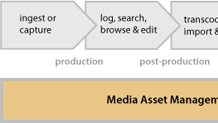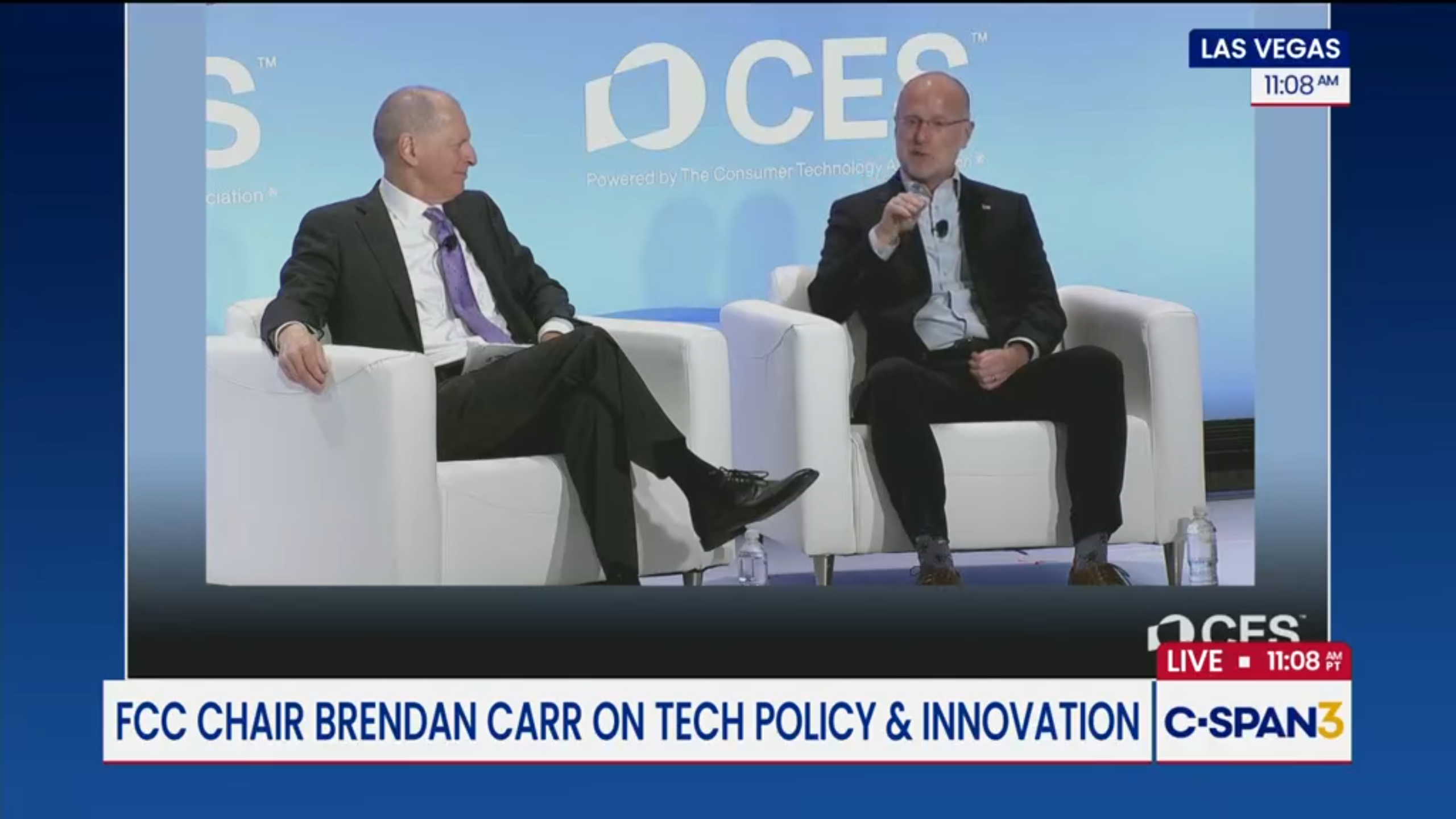Slicker Processes Lower Costs
Although much of the talk around automation concerns the pros and cons of a channel-in-a-box, stepping back from the hardware packaging, the issues are all about process.

Broadcast automation fulfills the business transactions of the broadcaster. This includes the program contracts and the advertising. It lies at the focal point of the revenue chain, where business meets technology.
Commercials and programs follow two completely separate process chains, only converging in master control. The content for the two formats is created though similar acquisition and post-production workflows. But from the business point of view, the processes are transactional: selling airtime and buying program rights.
The content workflow is subservient to these transactions, but must be efficiently managed by the transactions. This is where media asset management (MAM) becomes a tightly bound partner to broadcast automation. MAM looks after the content, and automation of the events.
Automation came from the quest for a way to very reliably air a commercial break. The quick-fire sequence of clips was a challenge for mechanical systems, and although cart machines developed to a very high degree of reliability, tape cassettes are not the optimum medium for 30-second clips. The advent of the video server opened the way for automation to spread beyond a simple playlist to embrace media management.
Originally media management centered on videotape, with couriers, libraries, tape carts, and robotic tape libraries. The assets could be tracked with bar codes and a relational database. The databases have evolved into MAM systems, with unique identifiers for files replacing the bar codes used for tape cassettes.
The move from tapes to files has facilitated the automation of the processes around asset management. The MAM becomes more than just a database but can support proxy browsing, transcoding, media transfer and archiving. Broadcasters that commission programs can use the MAM as a platform for operations like editorial compliance and segmenting. Many broadcasters have to create trails and promotion as part of their playout operations. Again MAM provides the platform for handling the content.
The professional video industry's #1 source for news, trends and product and tech information. Sign up below.
However, the move to file-based systems has not been without teething troubles. A videotape represented a universal medium. Send a broadcaster a beta cassette, and you can pretty much guarantee they can play it, similarly a DVCPRO tape. But the tape is a proprietary, closed system and can only be played on the appropriate deck, albeit some are SMPTE standards. Files should in principle be compatible with any commodity IT platform, which has the correct codec support.
MXF
A common file format for audio-visual material was needed to create the environment for file-based processes. Legacy computer formats did not meet the requirements for the media business. As a result the SMPTE created MXF, but it soon became apparent that its very flexibility allowed for different interpretations of the set of standards. It is possible to create a file package that complies with MXF, but cannot be interchanged with other applications that may use a different interpretation of MXF. Recent work by the AMWA is creating constrained specifications for different applications like program or commercial delivery to a playout facility.
Similarly, the commercial transactions took place via all manner of messages, but these could be emails, faxes or phone calls, Again, no real standards existed that could facilitate automated workflows.
The majority of spots are now delivered by satellite or fiber networks, with tape being a thing of the past. For program delivery, tape is still a very common delivery medium, although that is rapidly changing. The point will soon be reached where all content is delivered as media files, by largely automated processes.
This streamlining of media delivery needs to be matched on the transactional side, where the processes of review and approval by agency and advertiser, along with the traffic and scheduling operations, can be made more efficient as broadcasters seek to deliver to multiple platforms without adding to costs.
Sales and traffic are conducted through a disparate system of messages, often lacking any form of business automation. When the traffic instruction arrives at master control it's more by luck that it reconciles with the media file! It is this area that is now gaining attention, especially as broadcasters must serve commercials in different ways through different platforms to the many devices that viewers are using to watch video.
To facilitate the streamlining of traffic processes, vendors and standards bodies have been developing new protocols. BXF allows for efficient communication between traffic and playout, and AMWA AS-12 provides an MXF file format that incorporates a digital slate to uniquely identify the media file.
MAM and broadcast automation is evolving with the support of more standard interprocess communication standards. These advances promise to lower cost for broadcasters and advertisers as they grapple with the complexity of delivering entertainment to multiple devices from multiple platforms.
